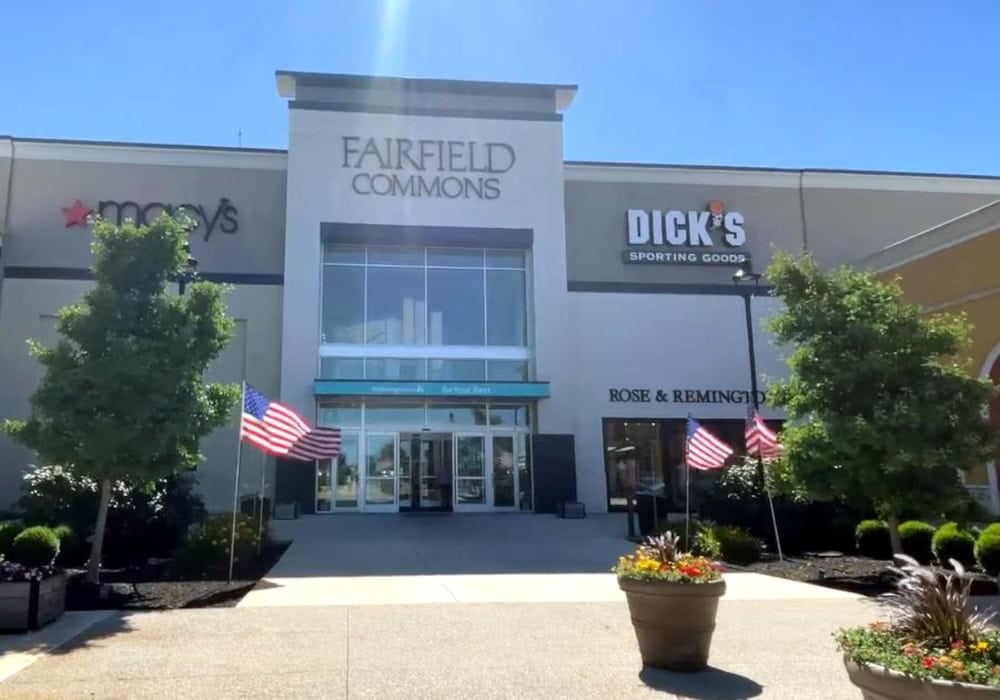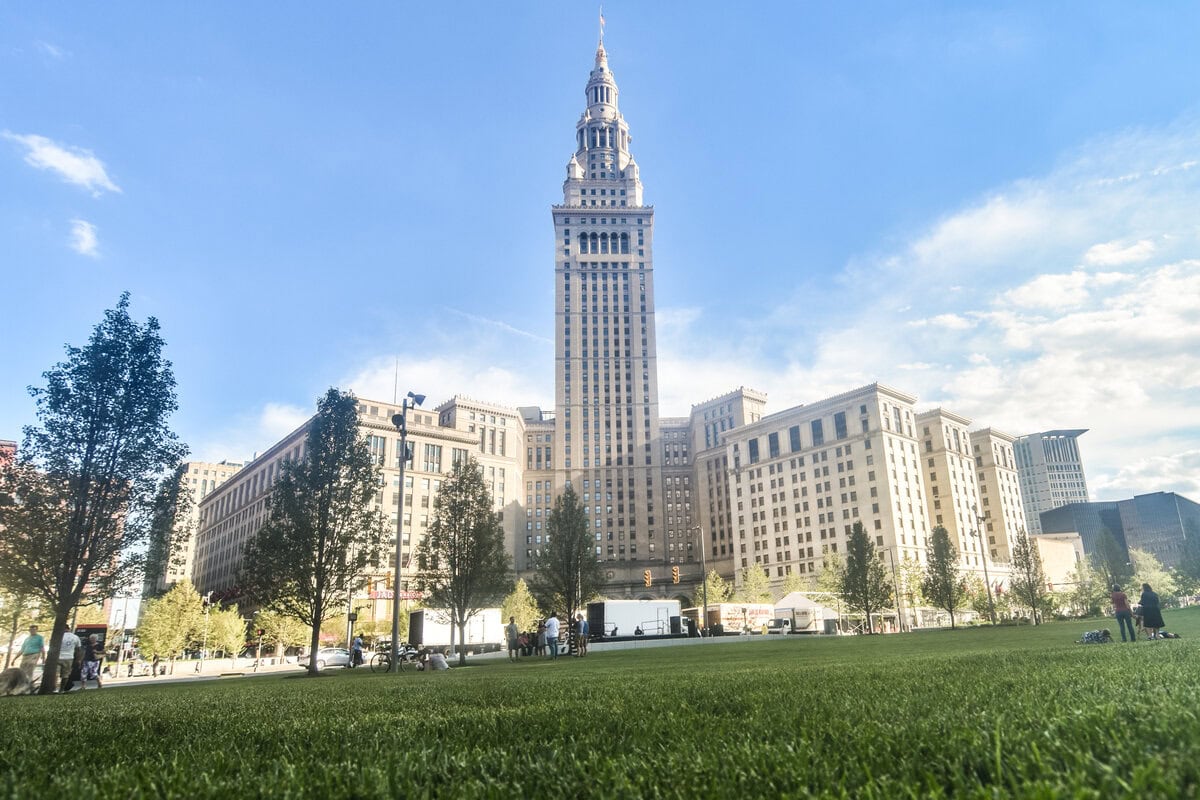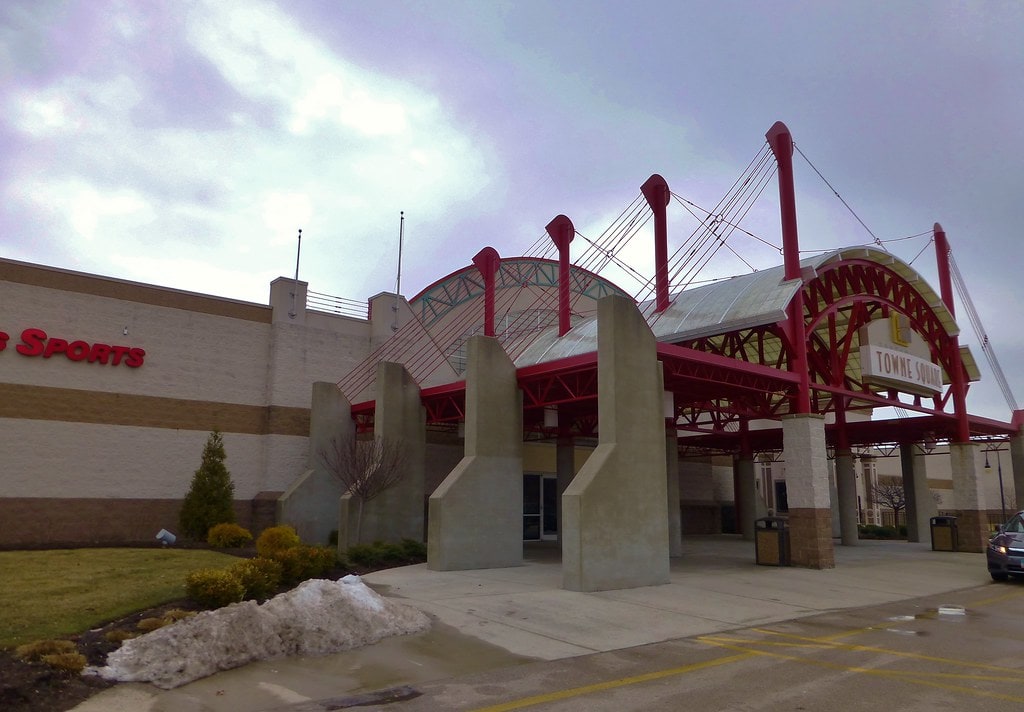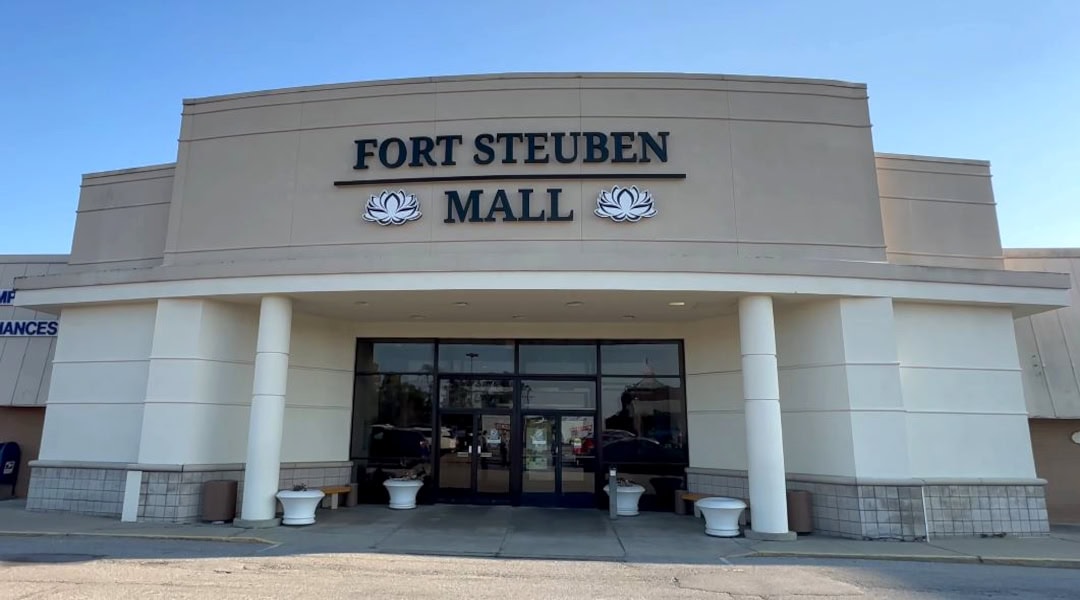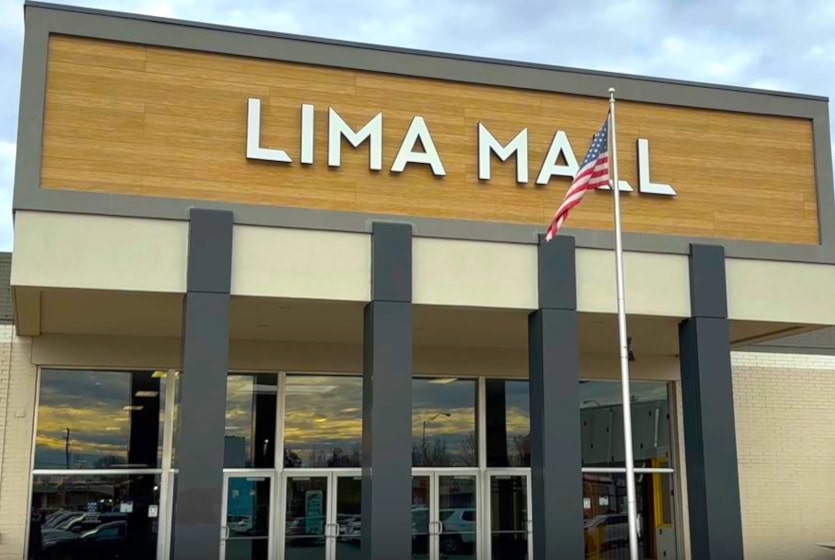Origins and Development (1970-1980)
In 1970, Northgate Mall began construction in Cincinnati, Ohio, on land previously used as an airport. The site's development aimed to serve the growing suburban population along Colerain Avenue.
Northgate Mall officially opened its doors on September 10, 1972, marking a key milestone in the region's commercial landscape.
The initial anchor stores included Sears, Pogue's, and McAlpin's, which were prominent retail names at the time.
The mall also featured a Kroger supermarket, an unusual but strategic addition that enhanced foot traffic.
Northgate was designed as a single-level, enclosed shopping center, aligning with the dominant retail model of the era.
During the early years, the mall attracted a steady flow of customers drawn by its mix of department stores, smaller specialty shops, and a strong lineup of national brands.
Northgate quickly became a primary shopping destination in the area, positioned favorably near Interstate 275 for ease of access.
By the end of the decade, Northgate Mall had firmly established itself as a retail hub in Cincinnati's northwest suburbs.
Its presence influenced the development of surrounding commercial properties, setting the foundation for future expansions and changes in the retail environment.
As it became a key point of interest, things to do in northwest Cincinnati started centering around this location.
Evolution of Anchor Stores (1980-1990)
In 1984, the retail landscape around Northgate Mall shifted when Pogue's changed into L.S. Ayres.
This change reflected the broader realignment happening in department stores during the 1980s.
Four years later, in 1988, L.S. Ayres closed its doors, and JCPenney took over the space, bringing in a more widely recognized brand that catered to a broader range of shoppers.
The mall saw strong performance through this period with these changes, and they prepared it for the next decade of retail trends.
The addition of JCPenney provided a solid mix with the existing anchors, drawing more consistent customer traffic.
However, the real expansion came in 1993 when Lazarus, a department store with a deep history in the region, was added as a fourth anchor.
This new Lazarus store expanded Northgate Mall's appeal and footprint, making it more competitive with other regional shopping centers.
The move marked a key phase of development, helping the mall stay relevant as consumer preferences continued evolving.
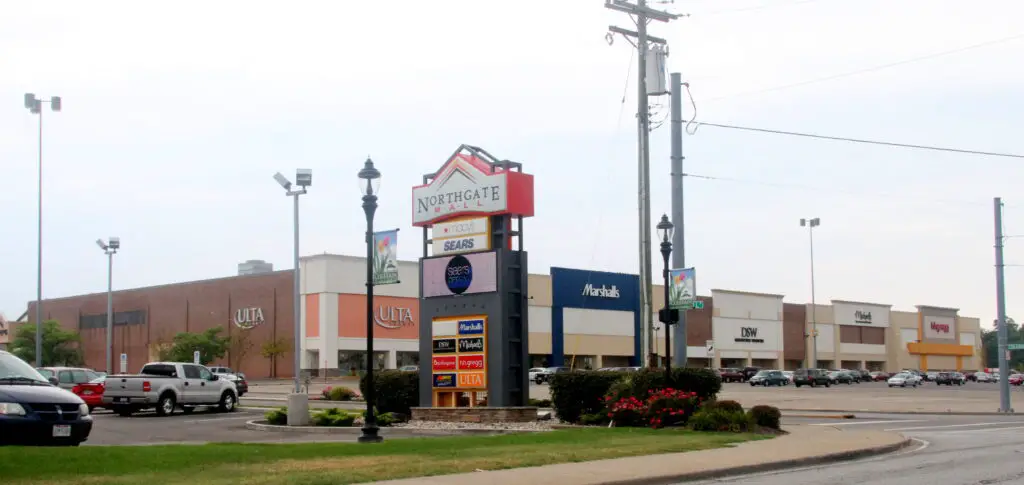
Peak and Decline (1990-2006)
By 1998, McAlpin's had rebranded as Dillard's, a move common during that time as national chains absorbed regional names.
The Dillard's addition completed a full transformation of Northgate's original anchors.
These changes, along with the presence of JCPenney and Lazarus, kept the mall strong through the late 1990s.
In 2005, Lazarus became part of Macy's, a shift that represented the trend of consolidation among department stores nationwide.
Macy's brought in more national recognition and updated the mall's brand image.
However, cracks started to show as the decade progressed.
JCPenney closed in 2006 and relocated to Stone Creek Towne Center, just north of the original location.
Shifts in Retail Landscape (2006-2013)
JCPenney's departure in 2006 left a gaping hole in the retail mix.
The mall owners decided to demolish the former JCPenney space in 2007, with plans to replace it with a 14-screen Rave movie theater.
Unfortunately, those plans never materialized due to financial issues.
Dillard's shut down in 2009, dealing a major blow to the mall.
The empty anchor spaces and mounting financial issues marked the beginning of a decline that would continue over the next decade.
In 2012, Tabani Group purchased Northgate Mall.
Their strategy involved breaking up the vacant Dillard's space into smaller units that could house big-box retailers.
By 2013, new tenants like Michaels, Marshalls, DSW Shoe Warehouse, and Ulta Beauty had moved in.
While these stores offered fresh options, the absence of traditional department store anchors hinted at a shift in how people shopped at the mall.
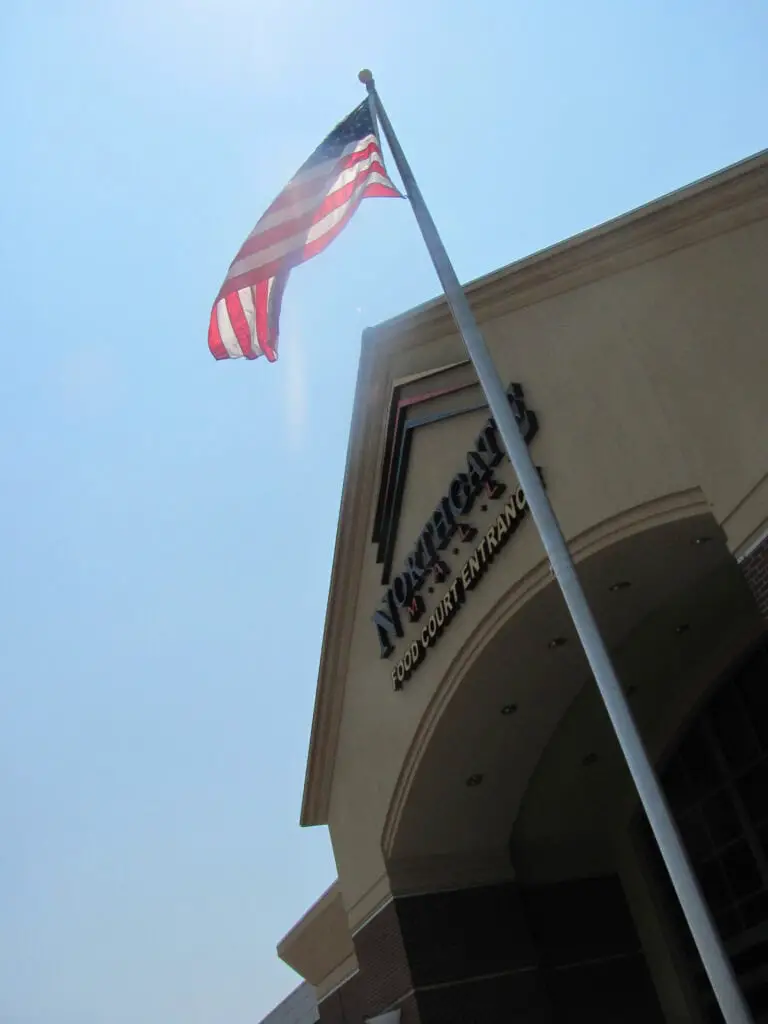
Modernization Attempts (2013-2018)
In 2013, the space that briefly housed Famous Labels in 2010 became home to Burlington Coat Factory.
A year later, in 2014, a new structure on the north side of the former Dillard's welcomed an H. H. Gregg store, though it closed in 2017.
That same year, Ashley Furniture also opened but shuttered its doors in the summer of 2020.
In 2015, the site of the demolished JCPenney finally saw development when Xscape Theatres opened a movie complex.
This addition provided entertainment options and aimed to draw back traffic.
Despite the new investments, the retail environment has changed.
Many consumers preferred outdoor shopping centers or made purchases online.
During this period, Northgate Mall increasingly looked like a relic from a previous era, trying to adapt while the retail world around it moved on.
The End of Anchor Stores (2018-Present)
By November 2018, Sears closed its doors, leaving Macy's as the only traditional department store still operating in Northgate Mall.
Sears had been a staple of the mall since its opening in 1972, so its closure felt like the mall was losing more than just another store; it lost a core part of its identity.
The landscape continued to shift as retailers struggled, and in January 2020, Macy's announced it would close in March.
When Macy's left, it marked the end of an era. With no anchor stores remaining, the mall's role as a major shopping destination took a big hit.
The departure of these key retailers accelerated the decline in foot traffic.
Even though smaller stores and big-box retailers like Marshalls and Michaels remained, they couldn't offset the loss of the traditional anchors.
After Macy's closed in 2020, Northgate Mall faced an uncertain future.
The lack of anchor stores left large sections of the building empty.
The COVID-19 pandemic further complicated things as many smaller retailers closed temporarily or went out of business entirely.
The decline in traditional retail meant fewer people saw the mall as a place to shop.
There have been discussions about redeveloping the site.
Ideas have ranged from mixed-use developments to turning parts of the property into residential or office spaces.
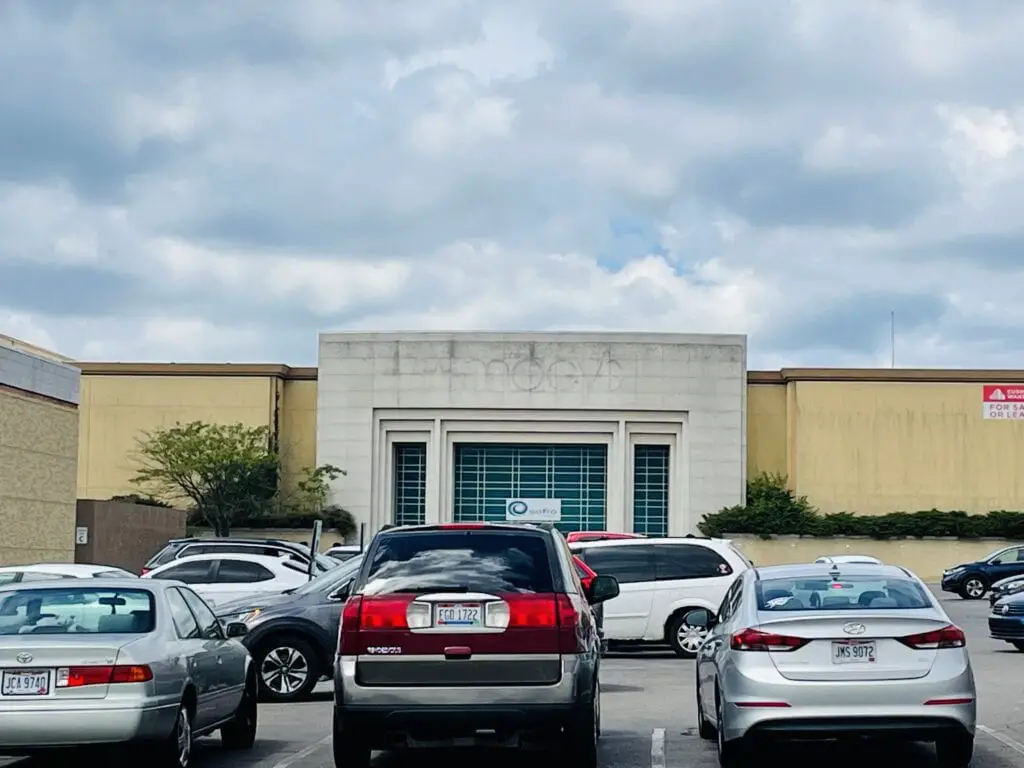
Colerain Township's Redevelopment Plans (2023-2024)
Colerain Township is moving forward with plans to redevelop the area surrounding Northgate Mall.
In 2023, the township purchased the vacant Sears building for $2.2 million, marking a crucial step in transforming the struggling mall into a mixed-use development.
The goal is to tear down the former department store and use the space to revitalize the property with new housing, green spaces, entertainment venues, and retail options.
In August 2024, Colerain trustees approved a $28,000 revitalization grant from Hamilton County, which will fund the planning of the Sears demolition.
Additionally, the Ohio Department of Development granted funds for the project.
Colerain is partnering with the Port of Greater Cincinnati Development Authority to oversee the demolition and redevelopment.
The township envisions a transformation similar to other successful mixed-use centers in the region, like Liberty Center in Liberty Township and Factory 52 in Norwood.

